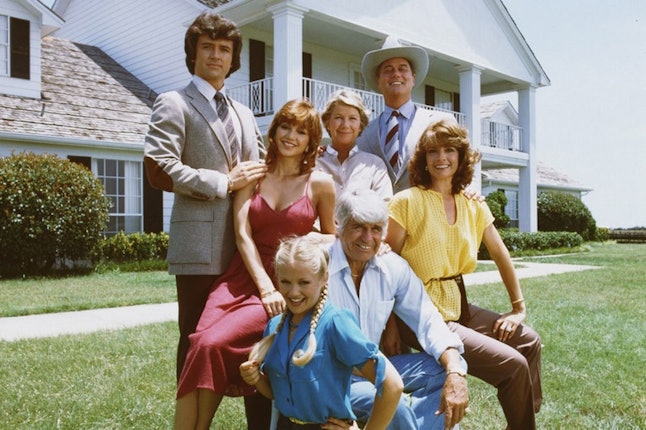Of every entertainment platform there is, perhaps none has changed so much, and so quickly, than television. In just the past few years alone, the medium has gone from being labeled a silly, inferior substitute to movies to being hailed as the replacement for film, due to the rise in high-quality cable shows like Game of Thrones and Breaking Bad. Some are calling it the second Golden Age of TV, while others are dismissing it as just yet another trend that's bound to pass. Yet, whatever you think, there's no doubt about it: television has undergone a major revitalization, and, considering how many new shows are being made each year, it's unlikely to stop changing anytime soon.
Which begs the question: what will TV be like down the line? Think about how much the platform has changed just since 2010; in another five years, in 2020, TV could look much, much different than how we know it today — especially in the drama side, where the biggest transformation has occurred. And, while no one knows exactly what that change will be, of course, I've done enough research into the television patterns of the last several decades to make some predictions.
Below, here's what TV dramas of the past three and a half decades have looked like, and what they might just look like in 2020:
1980s
Top 10 Dramas: Dallas (above); Murder, She Wrote; Dynasty; Magnum, P.I.; Falcon Crest; Simon & Simon; Knots Landing; Matlock; L.A Law; Hotel
General Themes: The family soap opera (scandals! affairs! murder!) started with Dallas and influenced Dynasty, Falcon Crest, and Knots Landing. There was also a lot of love for the "lovable individual solving mysteries" storyline, as well as a focus on the workings of the law.
Cast Type: Ensemble was in, with shows from Dynasty to L.A. Law using the setup to tell a whole bunch of stories at once.
Female Presence: Murder, She Wrote and Falcon Crest were the only two in the top ten to truly have female leads, although several of the ensemble shows included women in the cast. Magnum P.I, Simon & Simon, and Matlock didn't fare as well, with the Tom Selleck series basically being an advertisement for masculinity.
Diversity Check: '80s drama typically went by the "star white people, but throw a token black guy into the cast" rule. L.A. Law did the best of the bunch, but not by much.
Relationship Statuses: The "happily single and/or in a healthy relationship" idea didn't seem to go over well with '80s TV creators, as nearly every protagonist from these ten series was divorced, widowed, or married but having tons of affairs. Except for Magnum, of course, who enjoyed plenty of flings with the women of Hawaii.


No comments:
Post a Comment